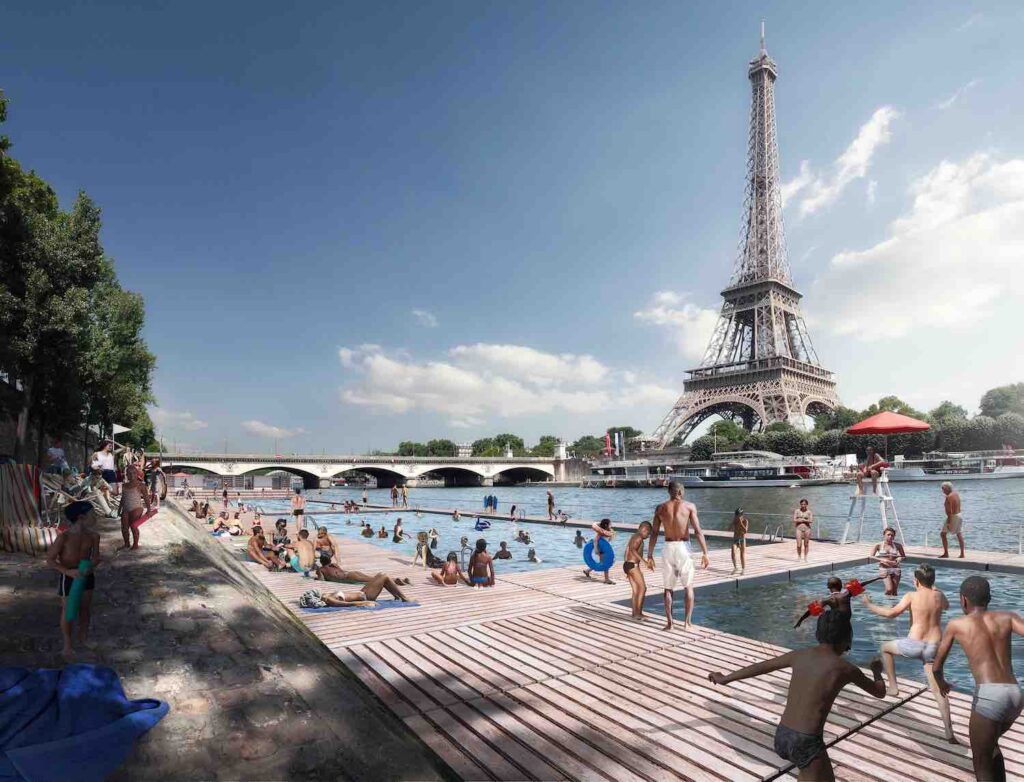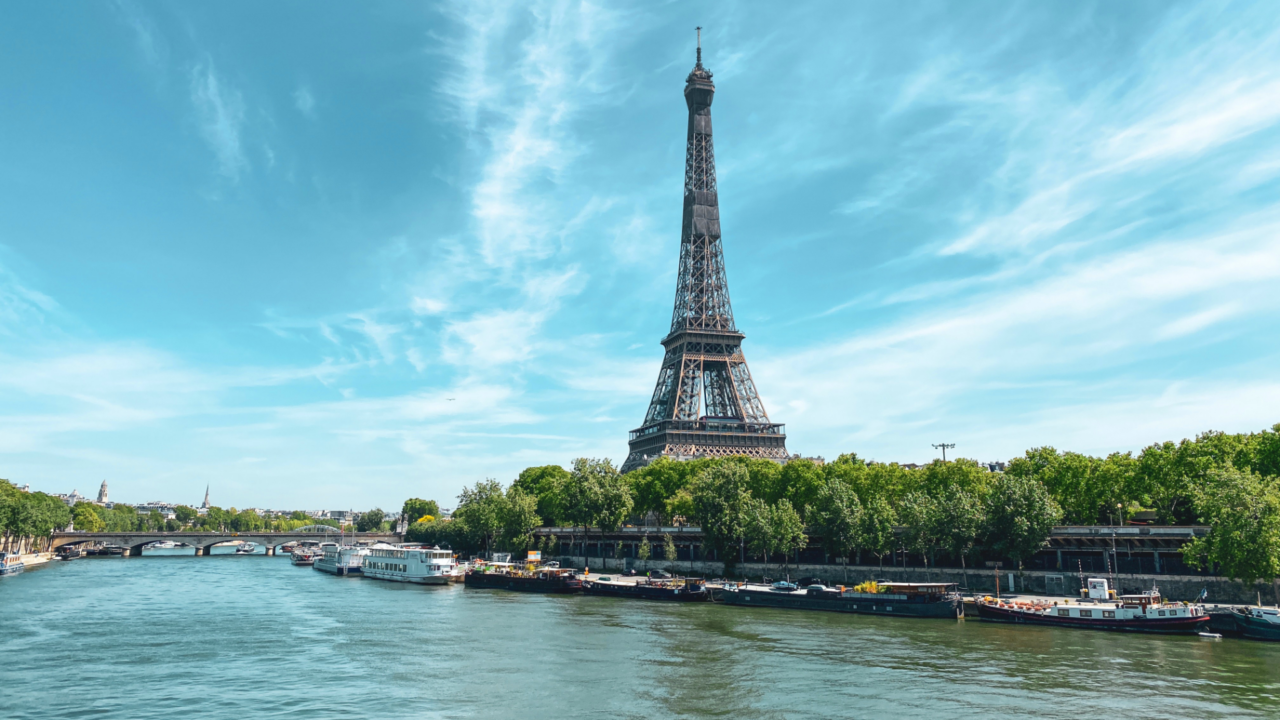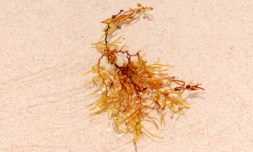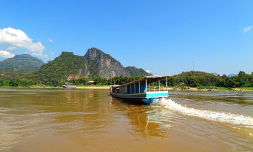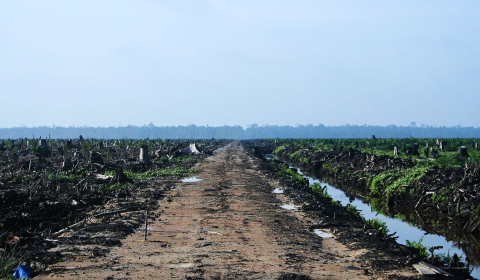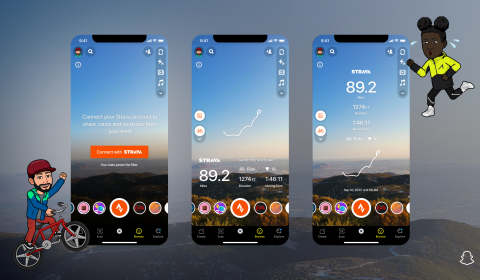For an entire century, swimming in the Seine River has been legally forbidden.
It was declared as riddled with bacteria, E.coli, and other toxic pollutants in 1923 and anyone who dared to take the plunge would be fined – if they didn’t end up at the doctor’s office first.
In recent years, however, the government set forth a €1.4 billion plan to clean up its act. A huge challenge to doing so was abundant rainfall, which floods Paris’ sewers and sends its contents rushing into the city’s rainbow-shaped river.
To overcome this a 50,000m3 retention pond was built, which blocks rainwater (and any sewage overflow) from entering the Seine. Later, this water is sent into a pumping system and to another location to be purified.
In tandem, strict legal limitations have been placed on the amount and type of waste that industrial companies and boats can release into the Seine’s waters.
Local scientists say that concerns surrounding the river’s health didn’t take hold until the 1970s. Since then, efforts have been rewarded with noteworthy milestones of success such as the spotting of Wild Atlantic Salmon populations swimming through Paris in 2009.
As many as thirty other species of fish, including trout, eels, and perch have joined the salmon in calling the Seine home. The return of these creatures has been a driving force in improving the health of the river even further.
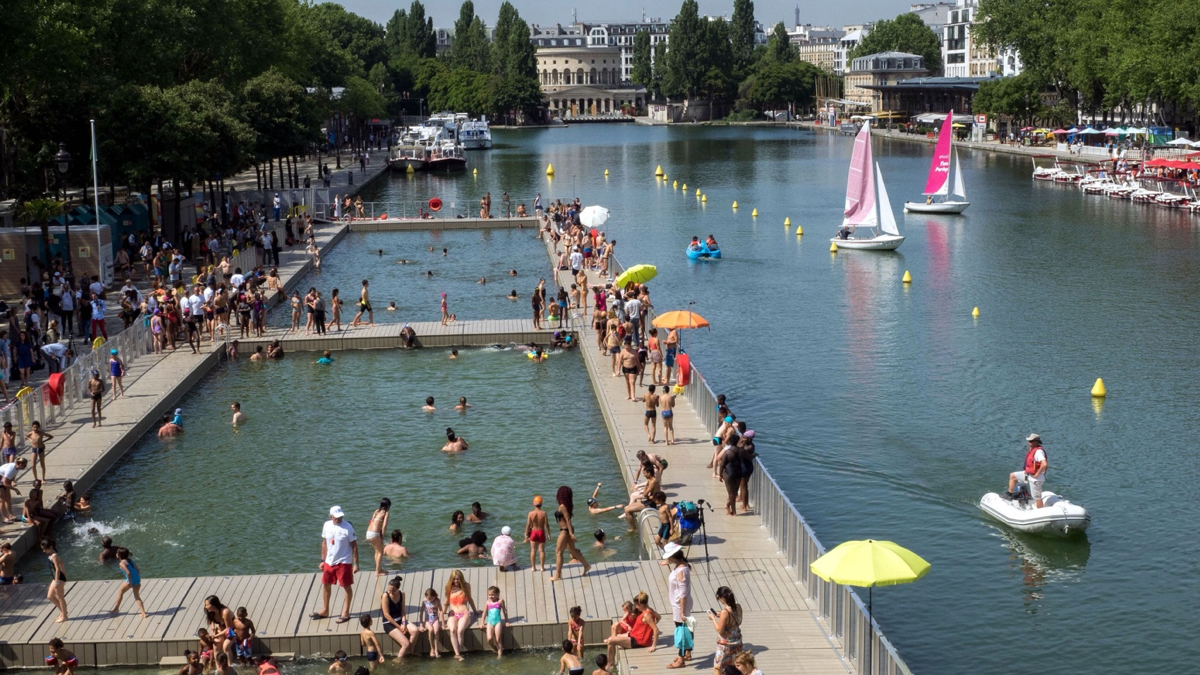
Now you may be thinking, ‘Hang on a minute, I’m sure I’ve seen people swimming somewhere in Paris before!’ and you’re right. It’s true that there are designated swimming spots, in particular, the wildly popular natural pools at Parc de la Villette.
Temporary floating structures were built at the newly cleaned-up Basin de la Villette, where the waters of the city’s Rive Gauche and Rive Droite meet. This created three natural pools which can accommodate 1,000 people at a time.
The long queues of ready-to-swim locals which formed each summer morning highlighted the need to create more facilities like those at Bassin de la Villette, only in central Paris.
Putting into motion plans to create better-accommodating storm drains, plant more trees to reduce overall pollution, and to trade concrete surfaces for porous and grass-lined streets have all worked together to prevent flooding.
If all continues to go swimmingly (ha), locals and tourists alike will have the freedom to take a dip in the capital’s river during many summers in the near future.
That local authorities are allowing at least two Olympic swimming races to be held in the Seine should boost anyone’s confidence that the river is safer than it has been in hundreds of years.
It’s anybody’s guess whether other capital cities can achieve what Paris has. It clearly takes huge government investment and a willingness to improve local quality of life – but it’s proven not to be impossible.
With news that River Thames is no longer biologically dead, could we one day find ourselves admiring the London skyline while in the water instead of beside it? Would you even dare?!
